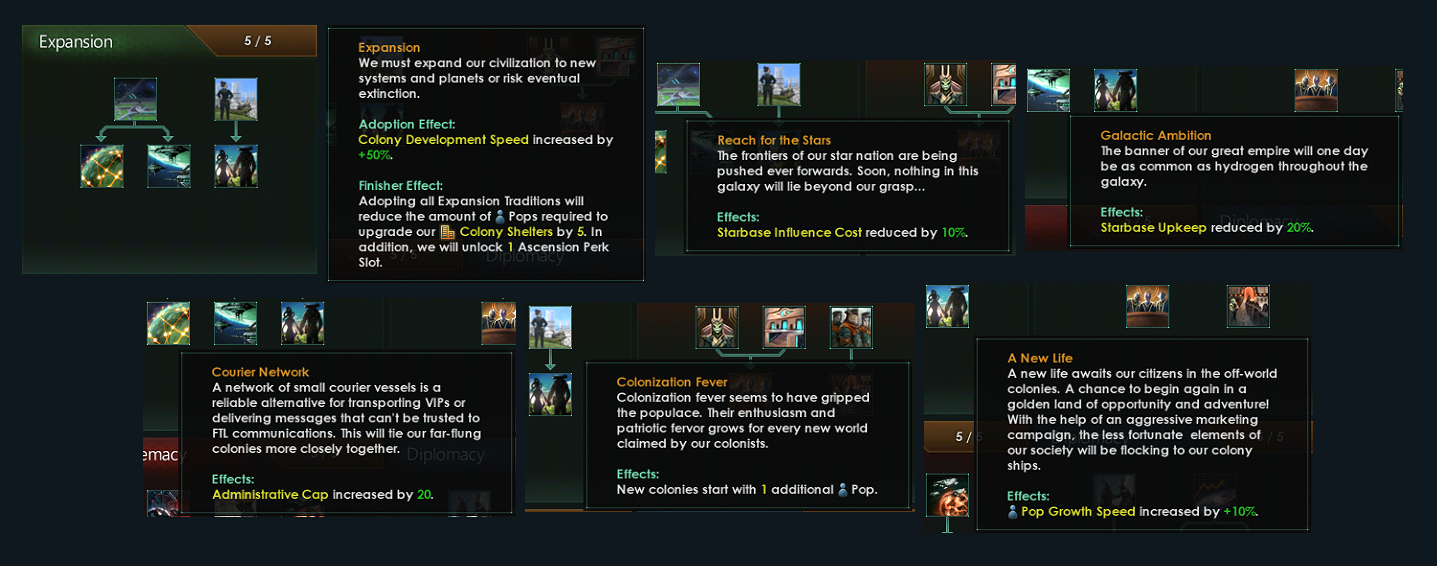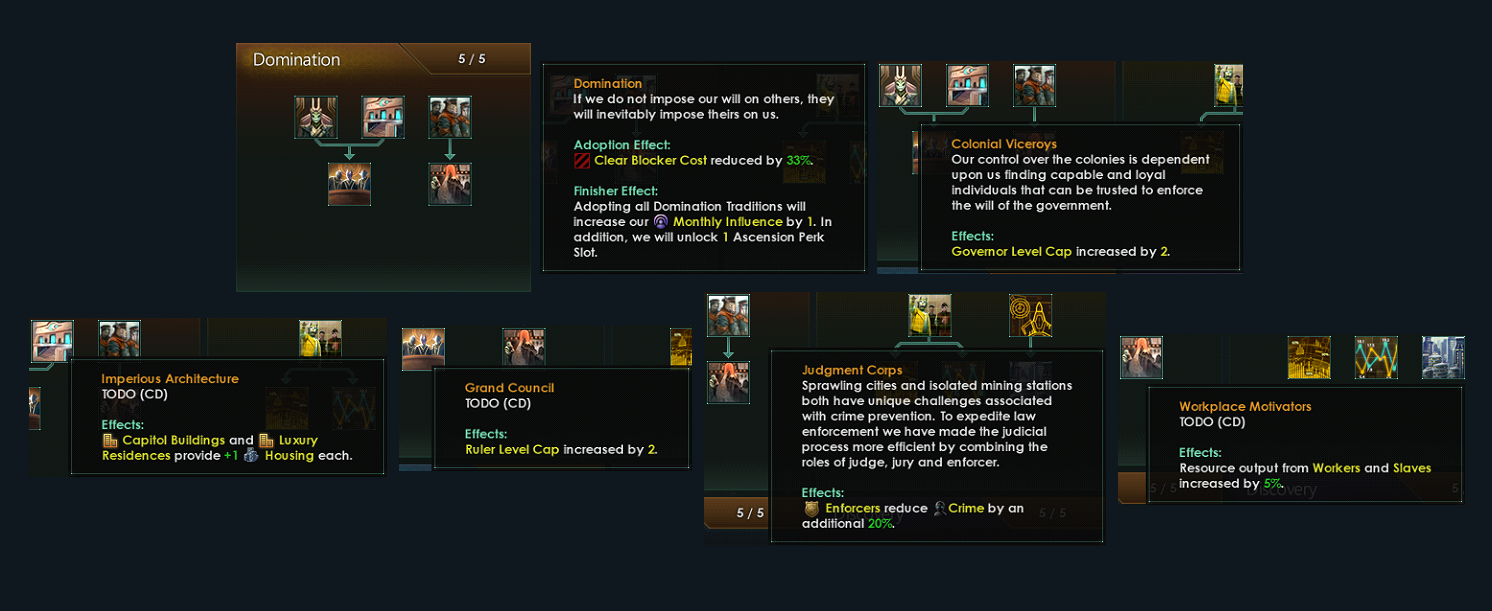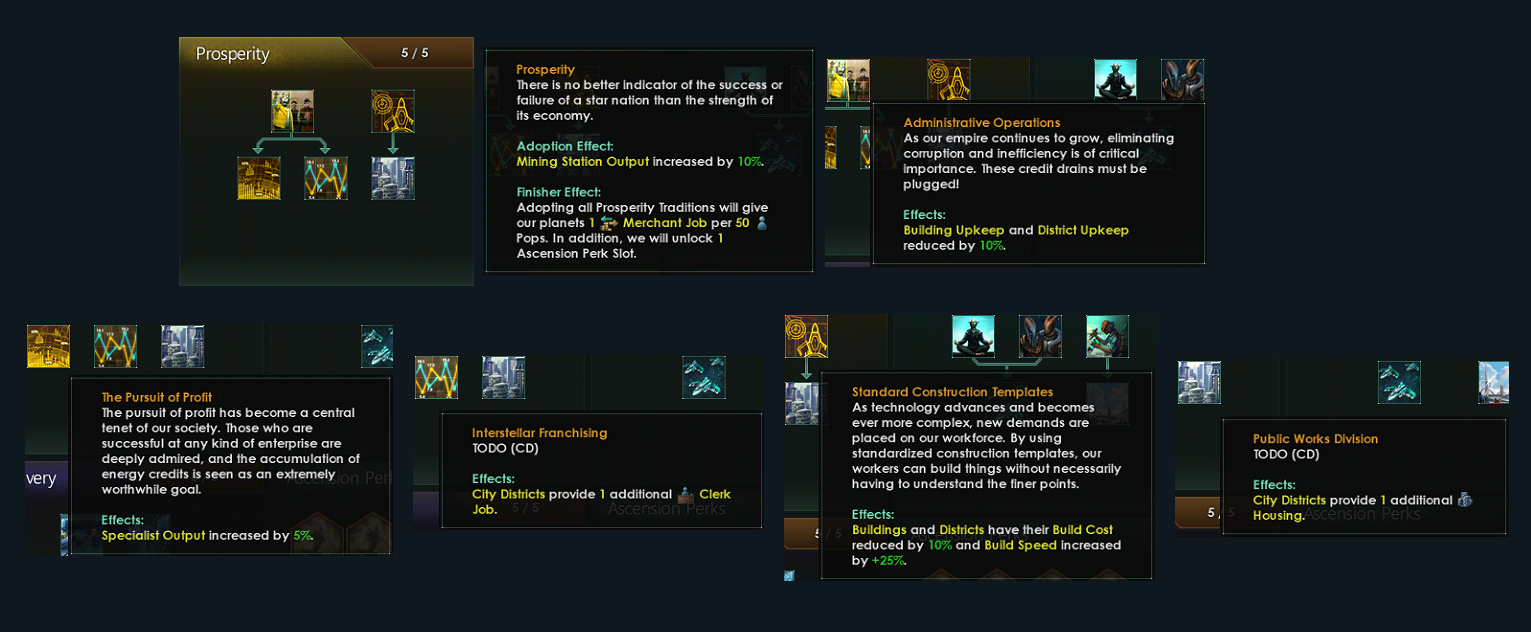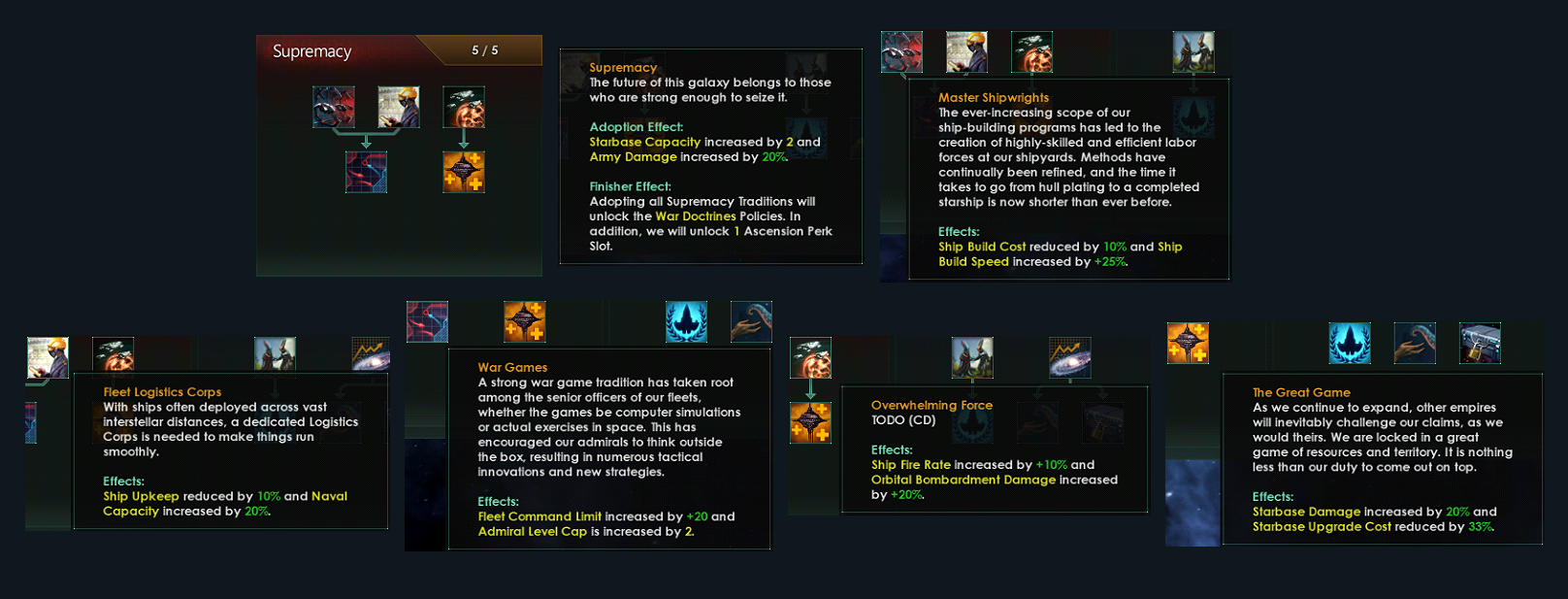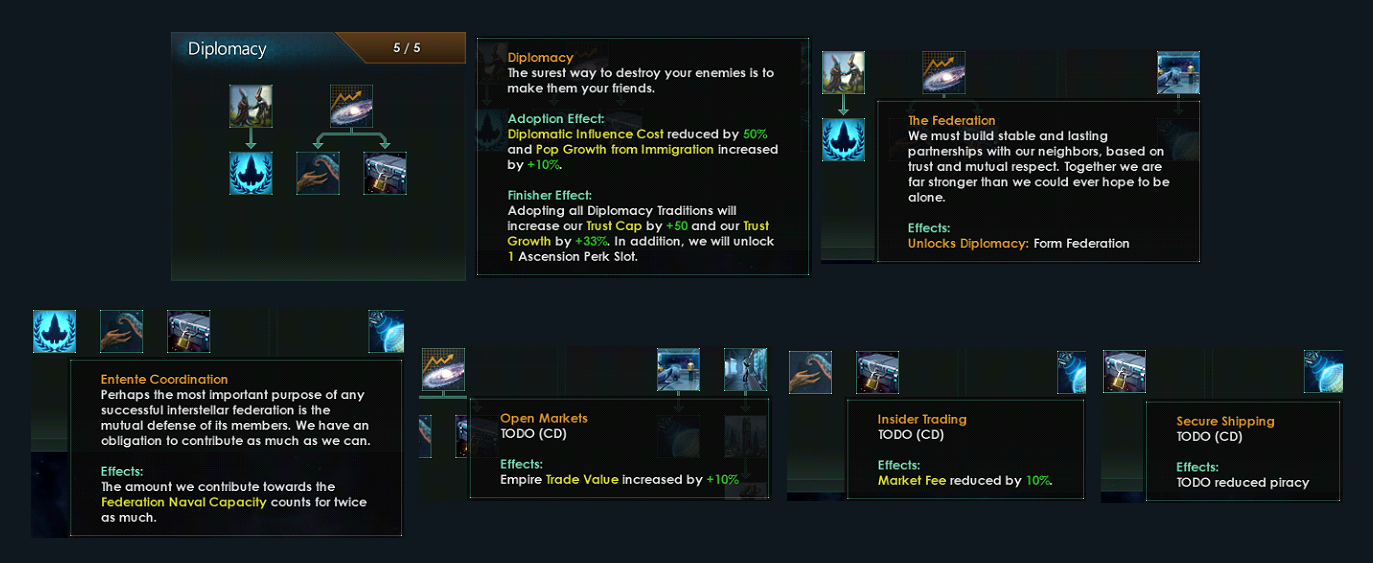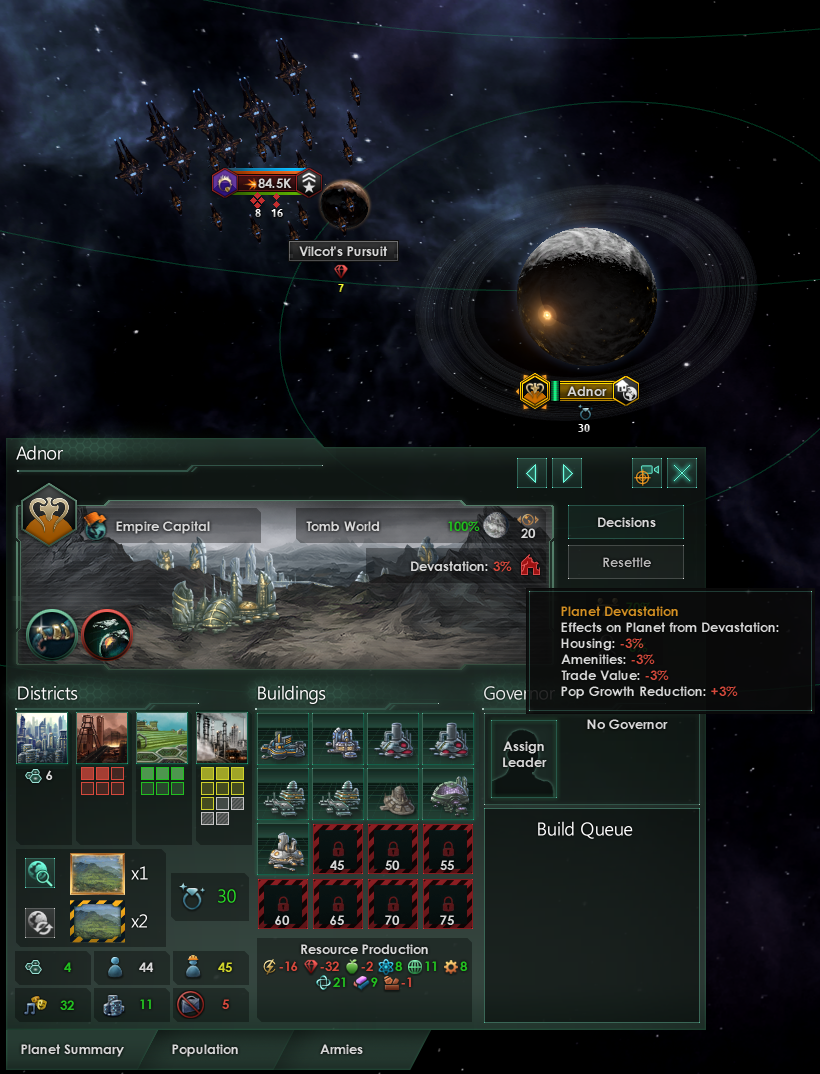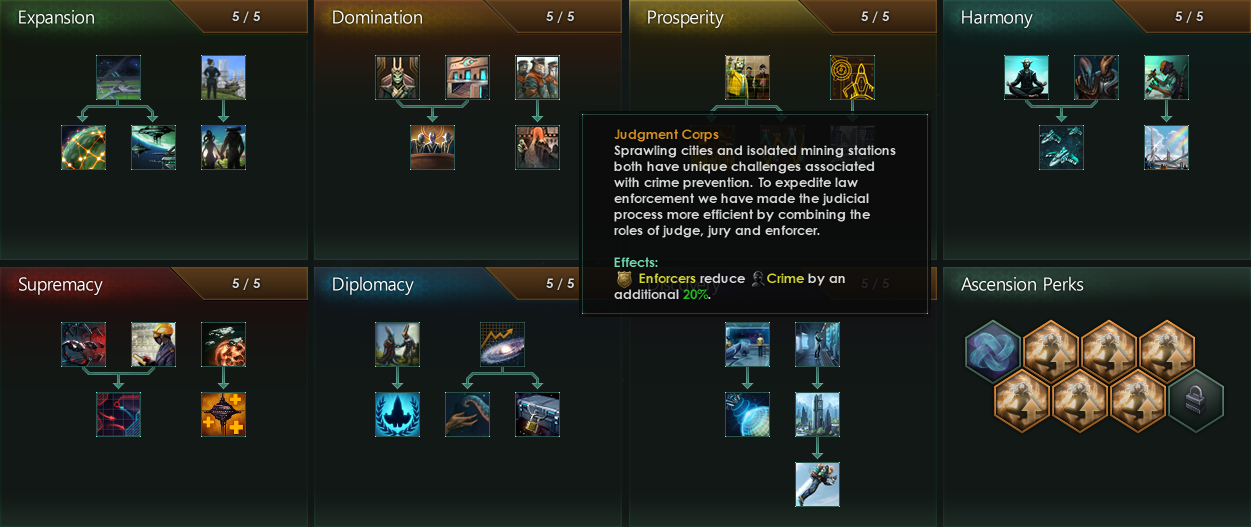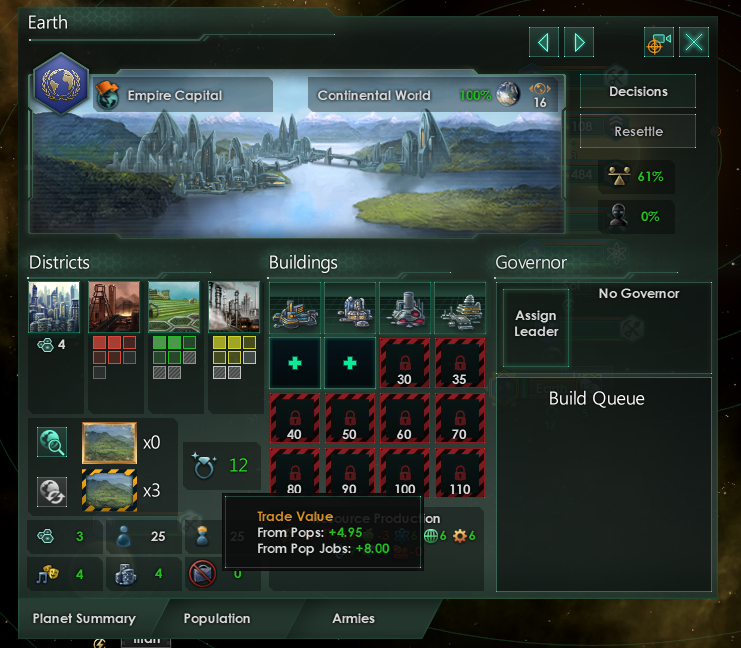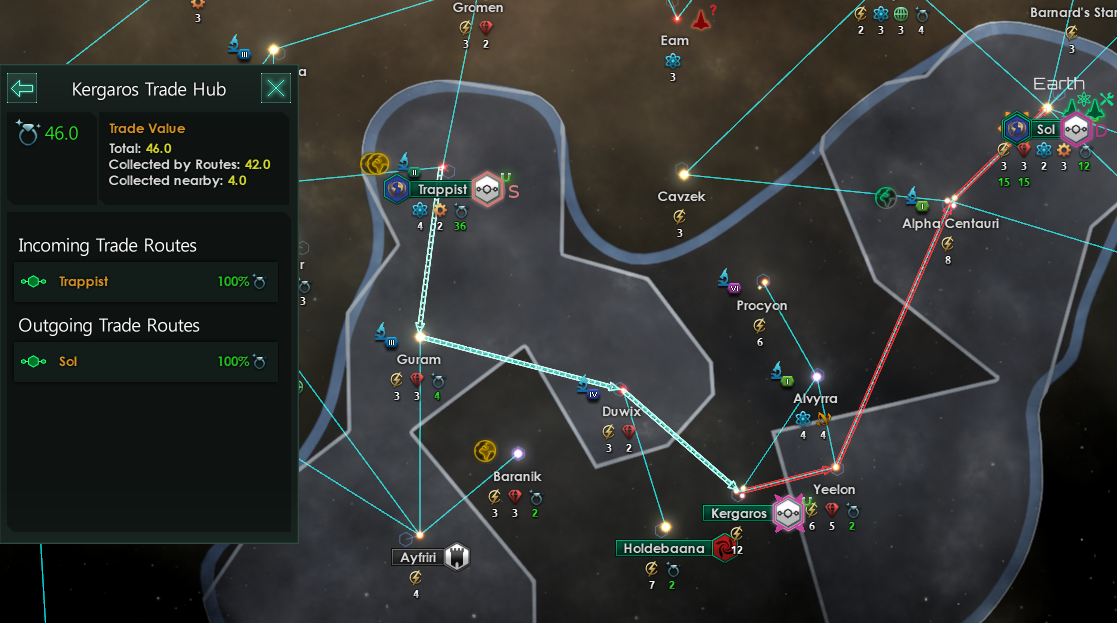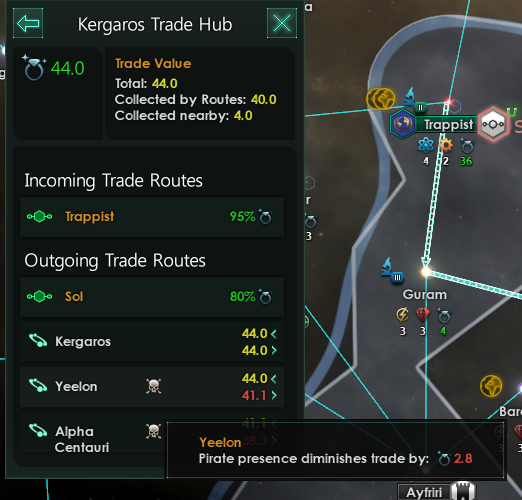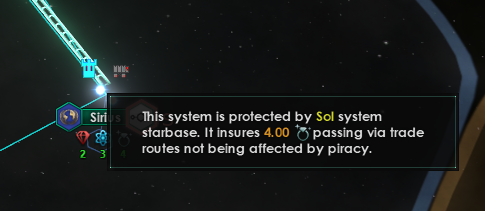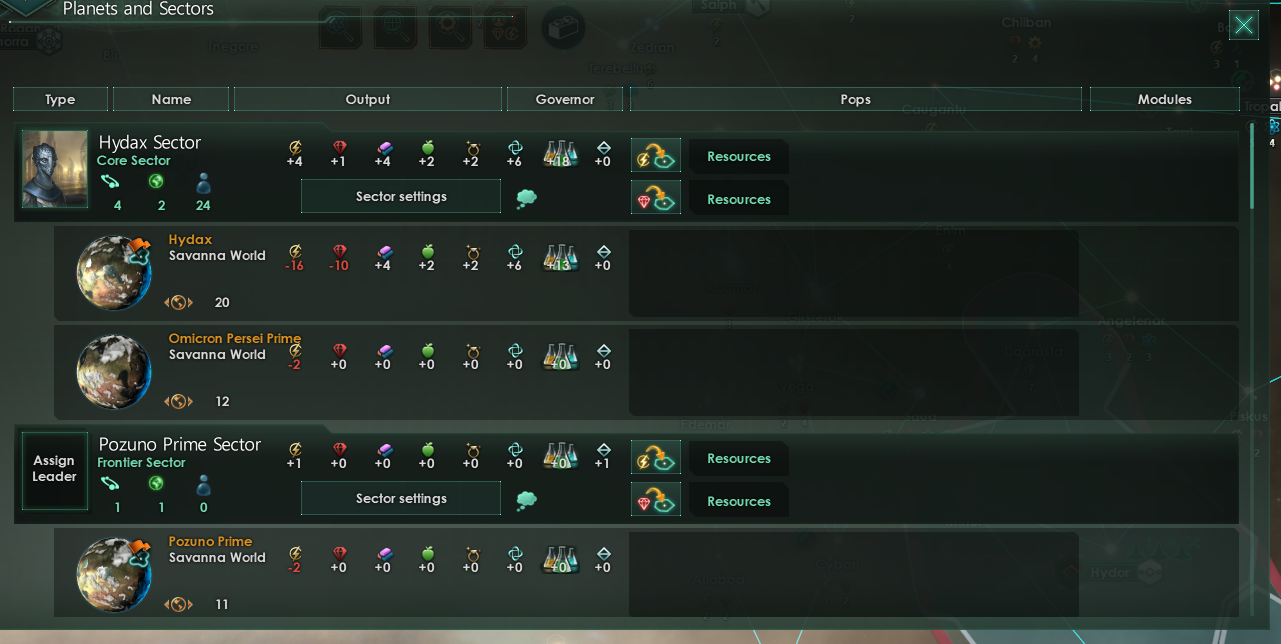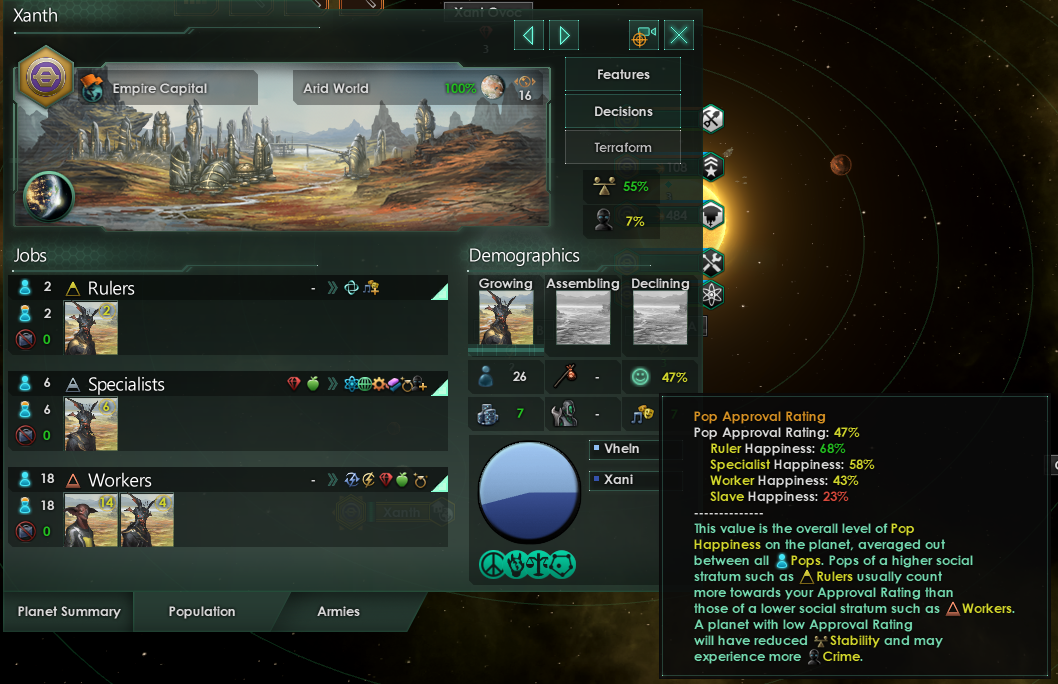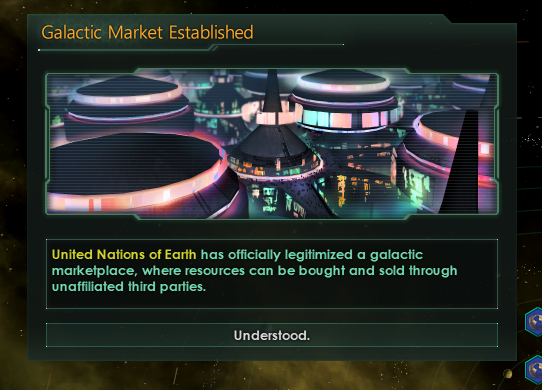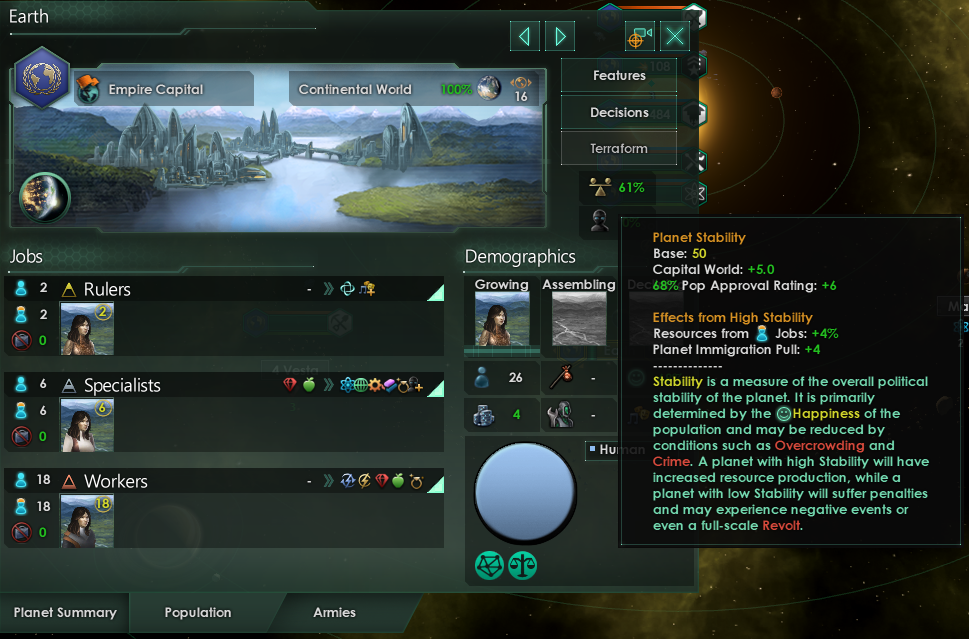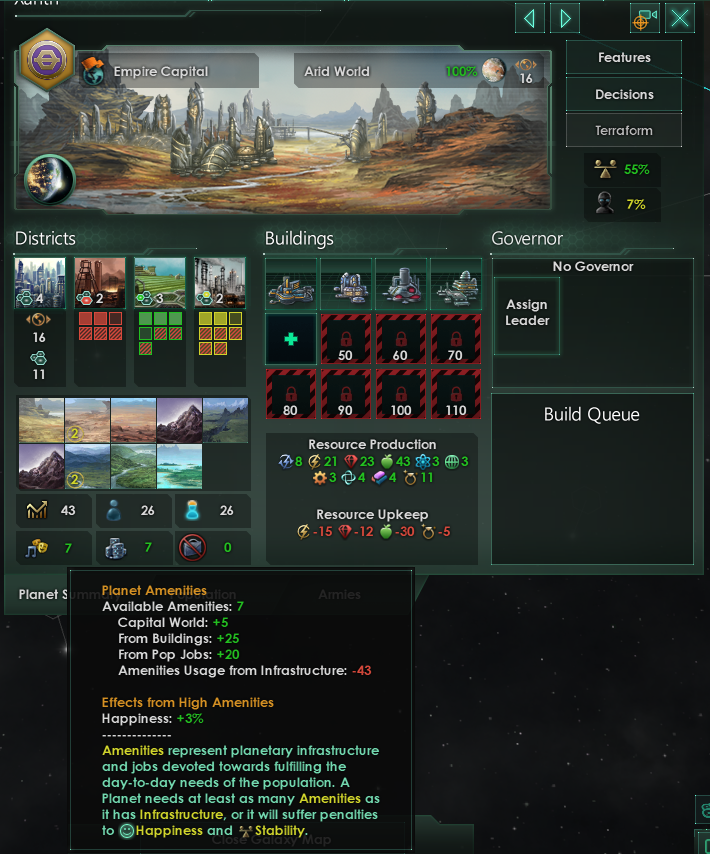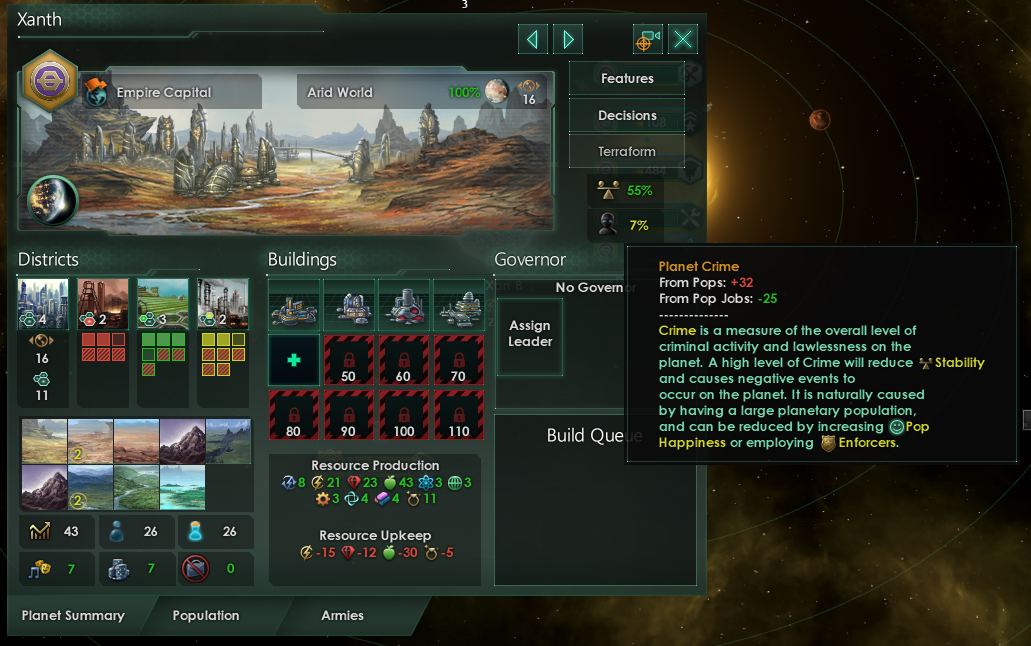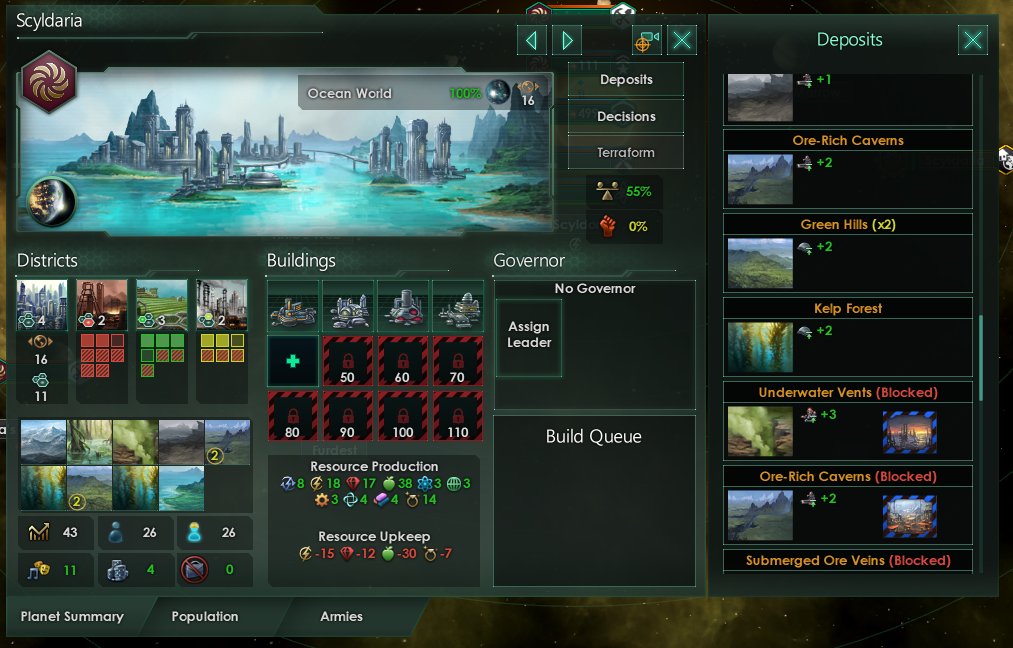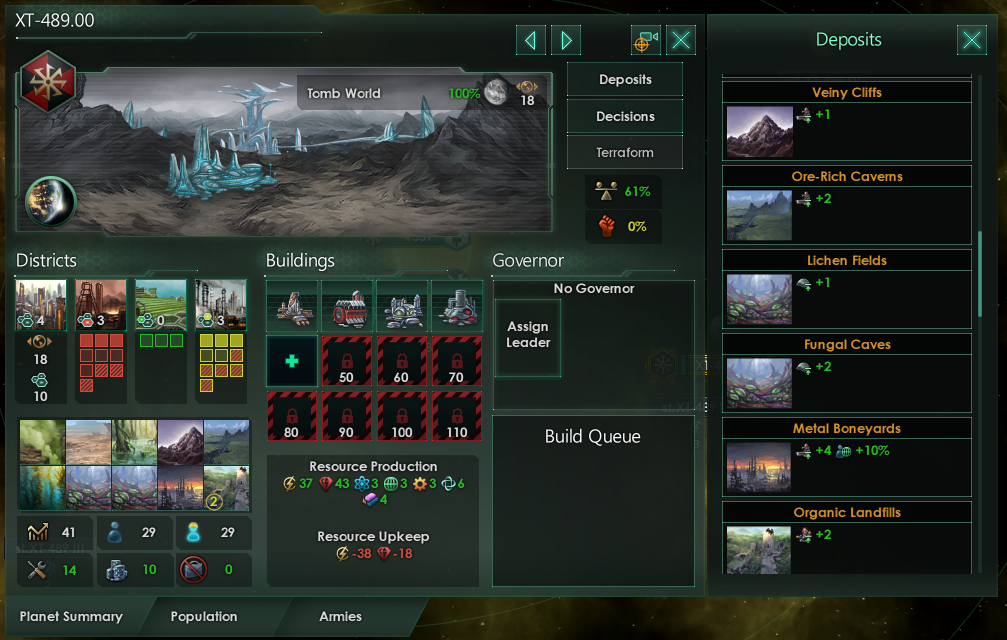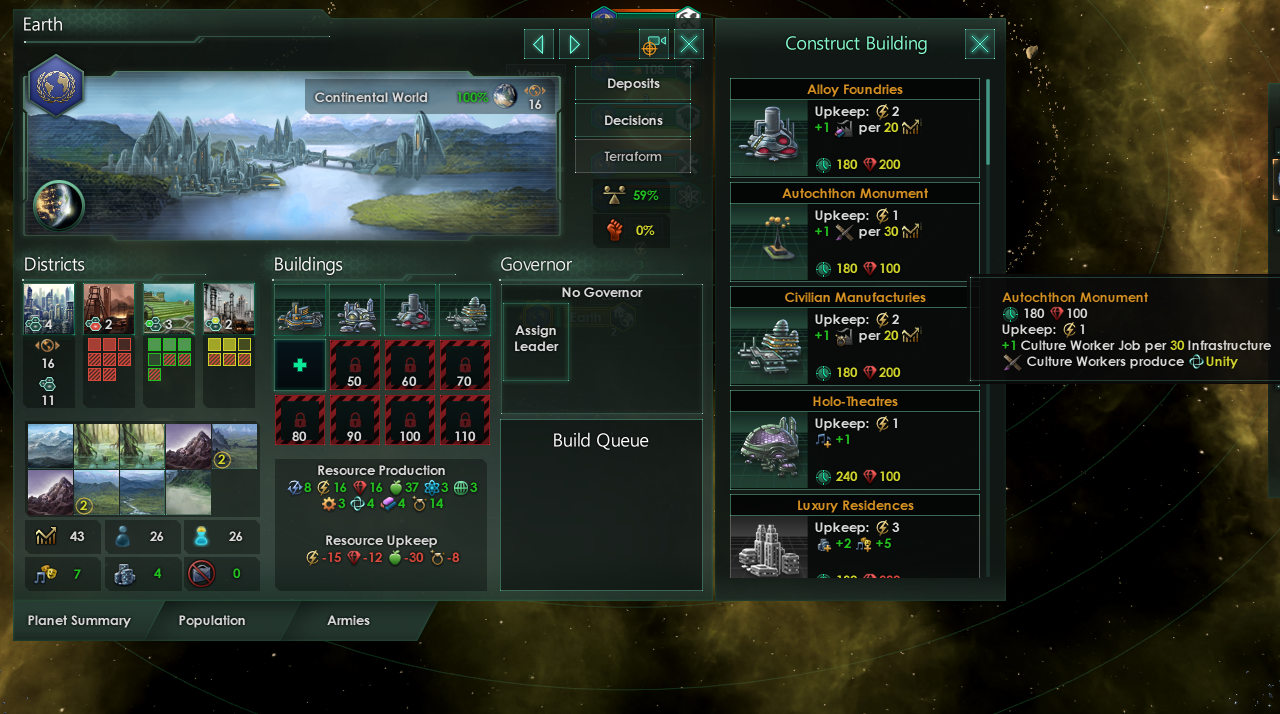
Stellaris - Para_Rod

Hello everyone and welcome to another Stellaris development diary. Today we're going to continue talking about the 2.2 'Le Guin' update, on the topic of new technologies that we have added in the update. As said before, screenshots will contain placeholder art and interfaces and non-final numbers.
New Economic Techs
As part of the economic system and planetary management changing, we also had to deal with how the various technologies governing resources and the economy would change. Previously, new economic technologies would usually unlock building upgrades, leading to a spree of upgrade-clicking across your planets when your empire got access to a new level of mining technology or similar. As one of the stated goals of the planetary rework was to remove unnecessary micromanagement, we decided to split resource technologies into two types: Raw Resource Technologies, affecting jobs that produce basic resources such as Minerals, Food and Energy and Advanced Resource Technologies, affecting jobs that produce advanced resources such as Consumer Goods and Alloys.
Typically, Raw Resource Technologies provide an instant and straightforward bonus to production, such as a bonus to mineral output from Miners, while Advanced Resource Technologies offer upgrades to buildings such as Foundries into more efficient versions that provide more of that particular type of resource production job. There are, of course, exceptions to this rule (for example, buildings like Mineral Purification Plants that improve planet-wide mineral yields) but as a general rule it holds true. Also, we are aware that some people consider straight bonus technologies to be boring, but it would both be unfeasible and entirely undesirable for all of the hundreds of technologies that you can research in Stellaris to require active engagement on the part of the player - we'd simply end up with a whole lot more of the same kind of tedious chore that was the old building upgrade system.

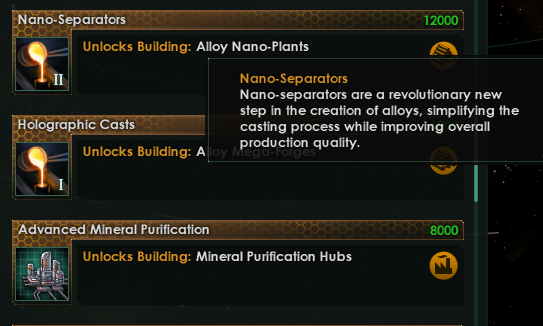

We've added several new technologies for Mining and Research stations that increase their efficiency, so space-based resource extraction now increases with time and technology just as planet-based resource extraction does. There's also a number of new technologies related to rare resources such as Exotic Gases to either be extracted from natural deposits, or synthetically created in the event your natural deposits are insufficient for your needs.


Specialized Planet Technologies
Of course, not all the new technologies are related to resources. One of the advantages of the new planetary management system is that it allows us to create planets that are truly different from each other, and one of the applications of this potential will be technologies that allow you to designate a highly specialized role for a planet. Currently, there are two specialized planet technologies planned for Le Guin, Penal Colonies and Resort Worlds, each of which unlocks a decision that allows you to transform a newly colonized planet into a Penal Colony or a Resort World, respectively. At time of writing, you can only have one of each of these in your empire at a time, though this may change before release.
- Penal Colonies are planets where the other colonies in your empire can dump their criminal elements. Penal Colonies have vastly increased crime, but get an increase to immigration pull and also reduce crime on all your other planets. You can only make a planet a Penal Colony while it still in the newly colonized stage (ie: before upgrading the capital at least once). The planet must also be at least size 15 to qualify for being a Penal Colony.
- Resort Worlds are planets that have been set aside for tourism and leisure. Resort Worlds cannot have any districts built on them, and cannot support resource-producing buildings, but have maxed-out habitability for all pops (representing climate-controlled resorts) and increase amenities on all other colonies in the empire. Resort Worlds have their own special set of capital buildings that provide some housing. You can only make a planet into a Resort World if it has no districts and no buildings (besides the capital) constructed on it. The planet must also be at least size 15 to qualify for being a Resort World. Depending on what we have time for, it's possible that the 'quality' of the resort world will impact how much amenities it will give other planets (for example, a Gaia World would be an ideal resort).
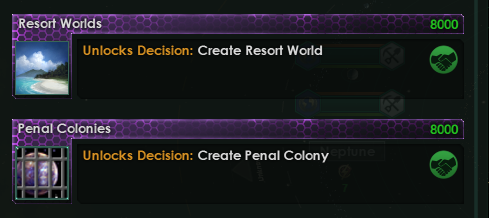
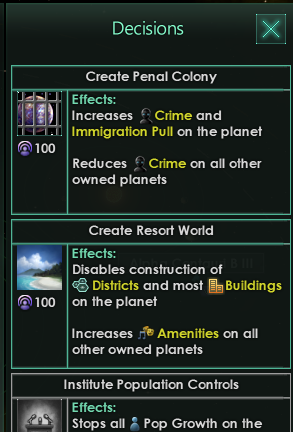
Finally, in no specific order, here's an assortment of some (but far from all) of the new and changed technologies you can expect to see in Le Guin:
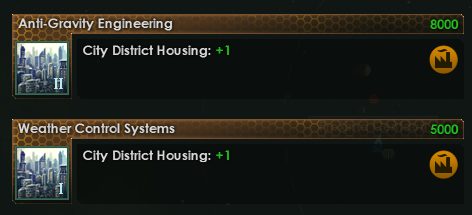


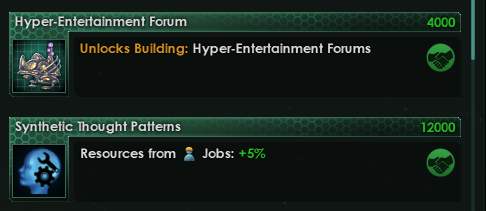
That's all for today! Next week we're going to be doing a dev diary, I just can't tell you what it's going to be about just yet. I'm pretty sure you're going to find reading it to be a net gain though, so stay tuned!




